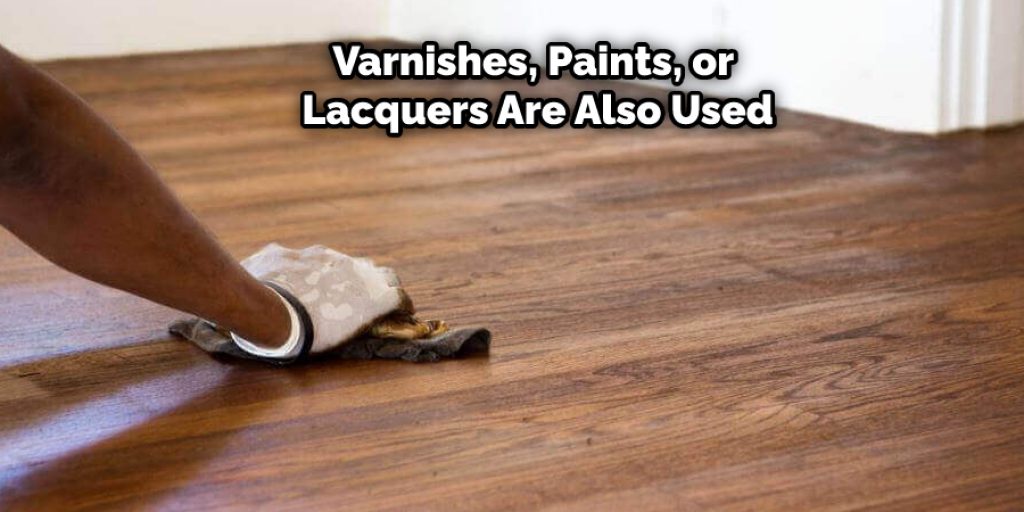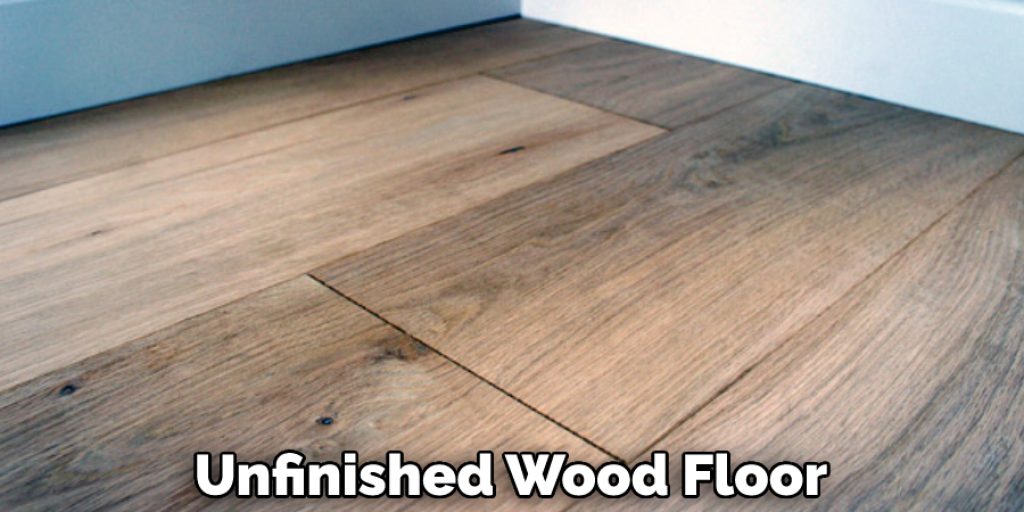How to Remove Wax From Unfinished Wood
Introduction
Unfinished wood is made from a type of natural material and has not been processed in any way. The wood’s oil remains, meaning unfinished woods require cleaning and maintenance just like other wooden surfaces. Unfinished furniture, for example, is created by removing certain elements to leave its original state or the outer layer.

This thin coat makes the difference between finished and unfinished wood. Furniture that has been left raw after its manufacture can be used with waxes, oils, and finishes to enhance its look. In this article, I will discuss how to remove wax from unfinished wood. So let us get started.
Why is Wax Applied on Unfinished Wood?
Wax is applied to the wood when it is unfinished to get a protective cover. Subsequently, you can see many natural colors on your wooden object, and the durability of this object remains longer than usual.
The various benefits of Waxing Unfinished Wood: The various types of wax can be used on unfinished wood to get a shining, clear as well as attractive look in your objects like furniture, pens, etc.
After applying wax to finish, give your wooden items a layered protection cover. Different types of finishes can be applied to furniture and other wooden items, but waxing is the best way to keep them safe from pollution.
Varnishes, paints, or lacquers are also used to get a shiny and lustrous look on your wood. But laminate cannot be applied on unfinished wood as it may affect its natural colors. There are various types of waxes that you can use, like hard and soft waxes, paste wax, etc.

Have different looks and finishes, but all of them work effectively to protect the objects made up of unfinished wood. You can apply soft or hard wax depending on how tough or smooth you want to make your object.
Step-wise Guide on How to Remove Wax From Unfinished Wood
If you have accidentally spread your wax onto the unfinished wood or gotten on some of these things, try the below steps to remove it.
A wide variety of commercial and natural products can be used for removing wax from wood. Combining two or more different products is also suggested as it gives good results even in the toughest cases. The first step should always be to thoroughly analyze the type and amount of wax present on the wood. Serious damage to the finish can occur if an inappropriate method is employed for this removal process.
Step 1 – Prepare Your Work Area:
Using chemical methods to remove wax from wood does not work outdoors due to the fumes. It would help if you had a very well-ventilated workspace. Use a dust mask, not just to avoid inhaling chemicals but also wax particles. Wear rubber gloves and safety goggles since some of the chemicals are poisonous.
Step 2 – Analyze the Wax:
According to your analysis, choose a solvent that is suited to your problem. For example, low-temperature wax can be removed with turpentine or mineral spirits (paint thinner). If solvent does not work for you, try using hot water and detergent and finish it by drying the wood surface with a cloth.
High-temperature paraffin waxes should be treated with paint remover. Before applying any solution or chemical to the wax, spray some on an inconspicuous furniture area to test its effect on it. No matter which method you use in removing wax from wood, follow up by wearing rubber gloves while carrying out this job as chemicals used in doing this job may be harmful.
Step 3 – Apply the Solvent:
After choosing the solvent, soak a clean rag in equal parts of solvent and water and apply it to the wax. Let it stay for some time on wax, and then wipe it off with another rag that has been dipped in plain water. Repeat this process until all the wax is removed from your wood surface. If you are using hot or warm water, first apply detergent to remove any grease or oil residue before adding hot or warm water to prevent soap buildup (soap scum).

In the case of alternative methods like steaming, heat can be applied too, where steam will melt away most commonly used products. After removing wax with steam, you must ensure the wooden surface is dry again before applying another coat.
Step 4 – Don’t Use Wax or Polish on your Unfinished Wood:
Once you have removed old wax from unfinished wood, apply a stain-blocking sealer to prevent the same thing from happening in the future – otherwise, all your efforts to remove wax will be in vain.
This usually stops the polish from sticking to the wood so that it does not build up over time and can easily be wiped away after. If you need to use a paint stripper, then afterward, use an oil-based primer or varnish containing UV protectants to keep any finish fresh for longer and make reapplication much later.
If you use a paste furniture wax, scrape out as much residue as possible before starting the treatment. The same method mentioned above is applicable to remove wax from unfinished wood using natural products like turpentine, vinegar or lemon juice, etc.
After applying the solvent, it is essential to wipe off all excess moisture that may hinder an even coating of wax later on. Rinse it with a cloth until there are no traces left of solvent on your wood surface, and then wipe it again with paper towels till dry. Before adding a new coat of wax, wait for some time and allow the previous coat to dry completely so that a smooth and even finish results.
When using alternative methods or commercial products to remove wax from wood, reapply at least once every year – this ensures long-lasting protection against water and UV radiation damage. If you have an unfinished wood floor, do not worry, as this article will guide you through the steps to remove wax from wood floors too.

Are Any Potential Hazards Associated With the Removing Wax From Unfinished Wood?
When dealing with unfinished wood, a few potential hazards are associated with the process of removing wax. Be sure to work in a well-ventilated area and keep the area free of flammable materials, as denatured alcohol is highly flammable.
Additionally, be sure to use an iron set on low heat and cover it with a piece of cloth or towel, as direct contact between the iron and wooden surface can cause burning or discoloration of the wood. Lastly, make sure not to leave any residue left by the wax on the surface of the wood after removal.
Conclusion
Every wooden surface needs a great finish to protect and increase its durability and life. Wax is one of the most popular materials used on wooden surfaces as it adds a rich luster and a smooth texture to them.
But all good things must come to an end, and so does your furniture wax – when it is time, you need to know how to remove wax from wood. I hope this article has helped you learn the technique of how to remove wax from unfinished wood. Thank you, and have a nice day!




